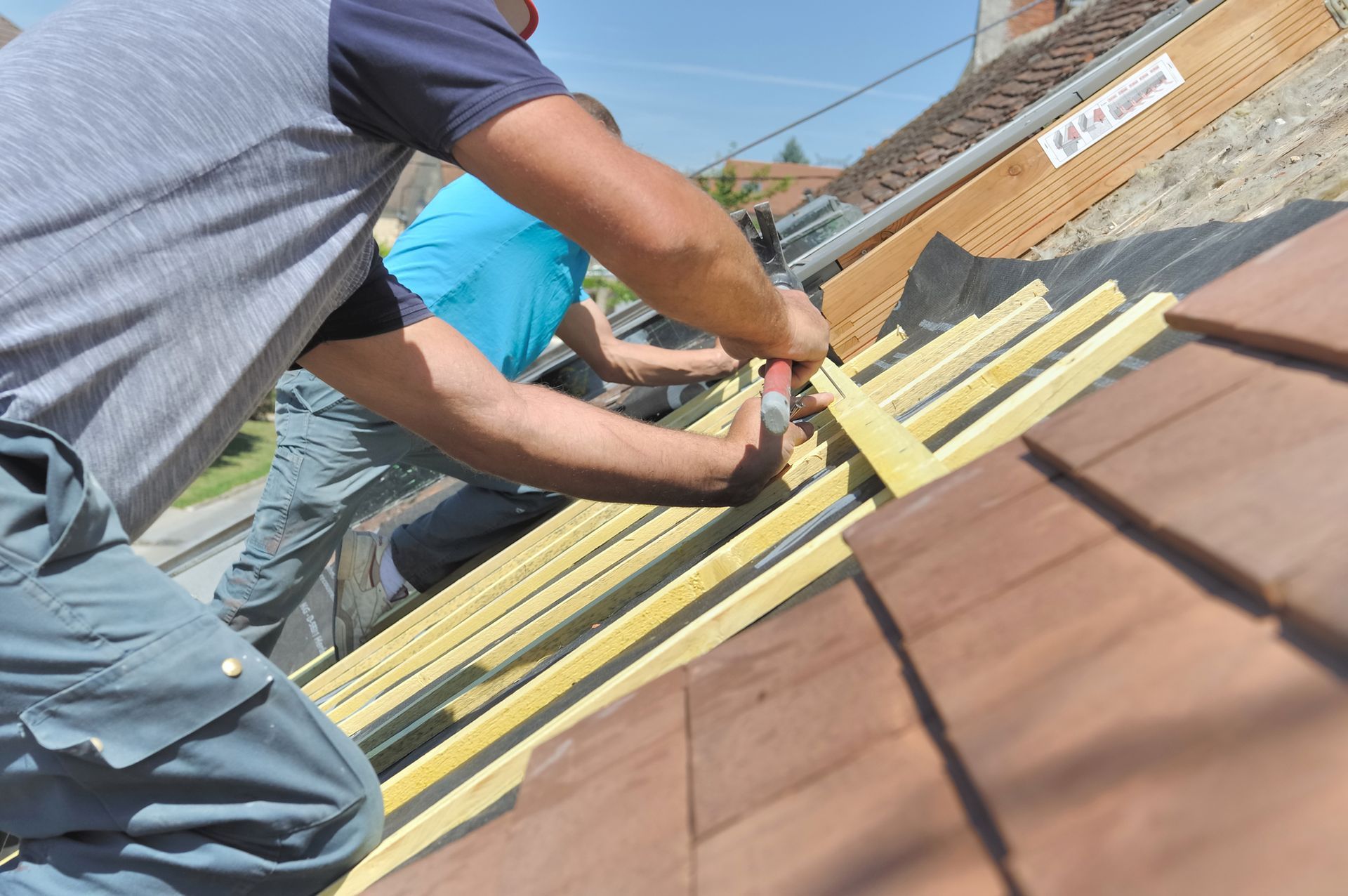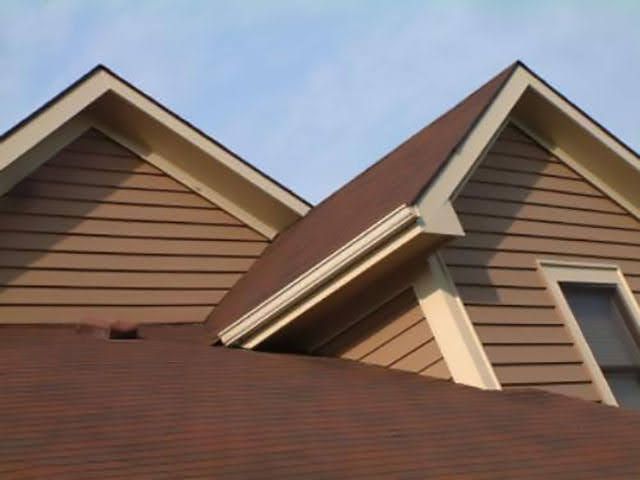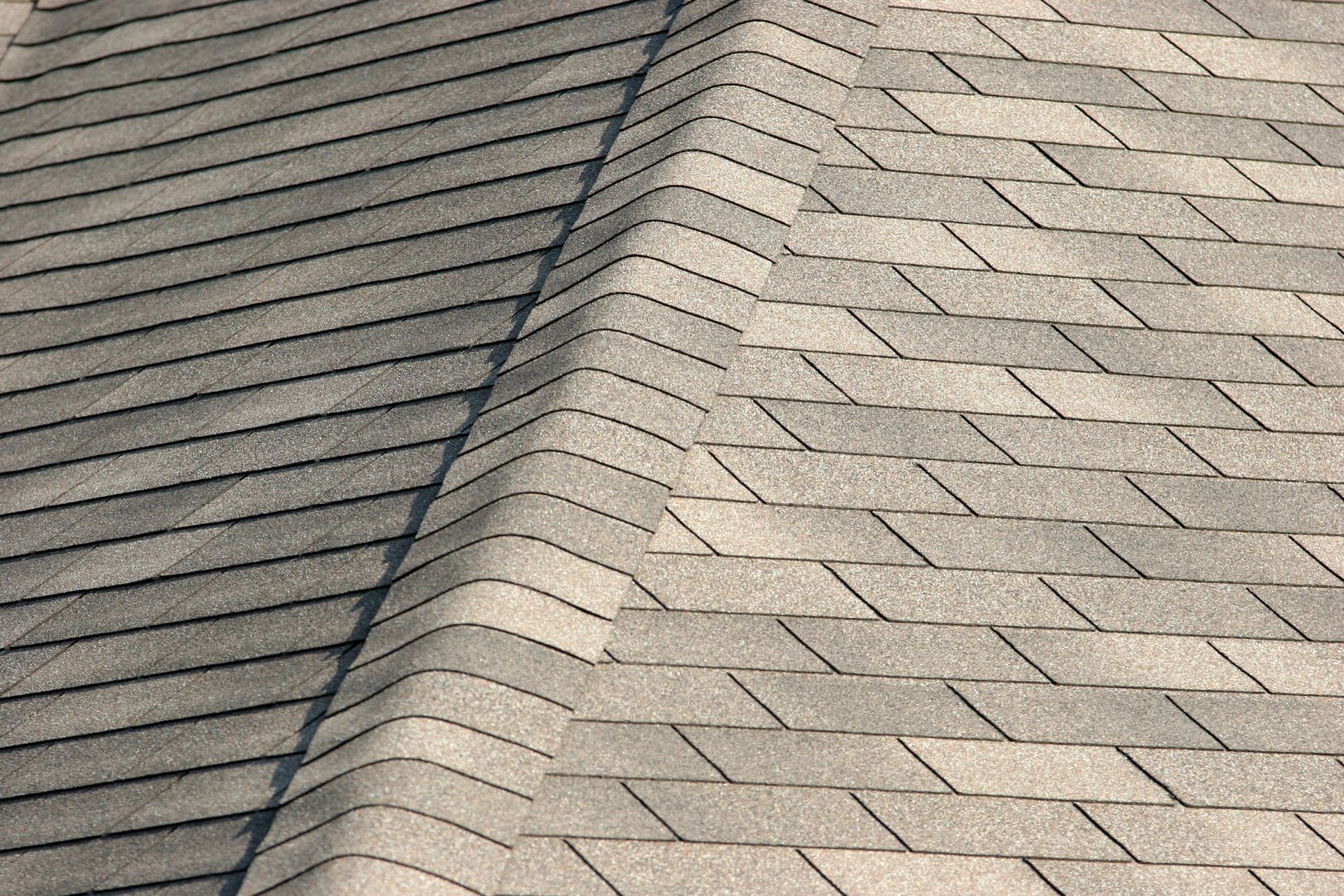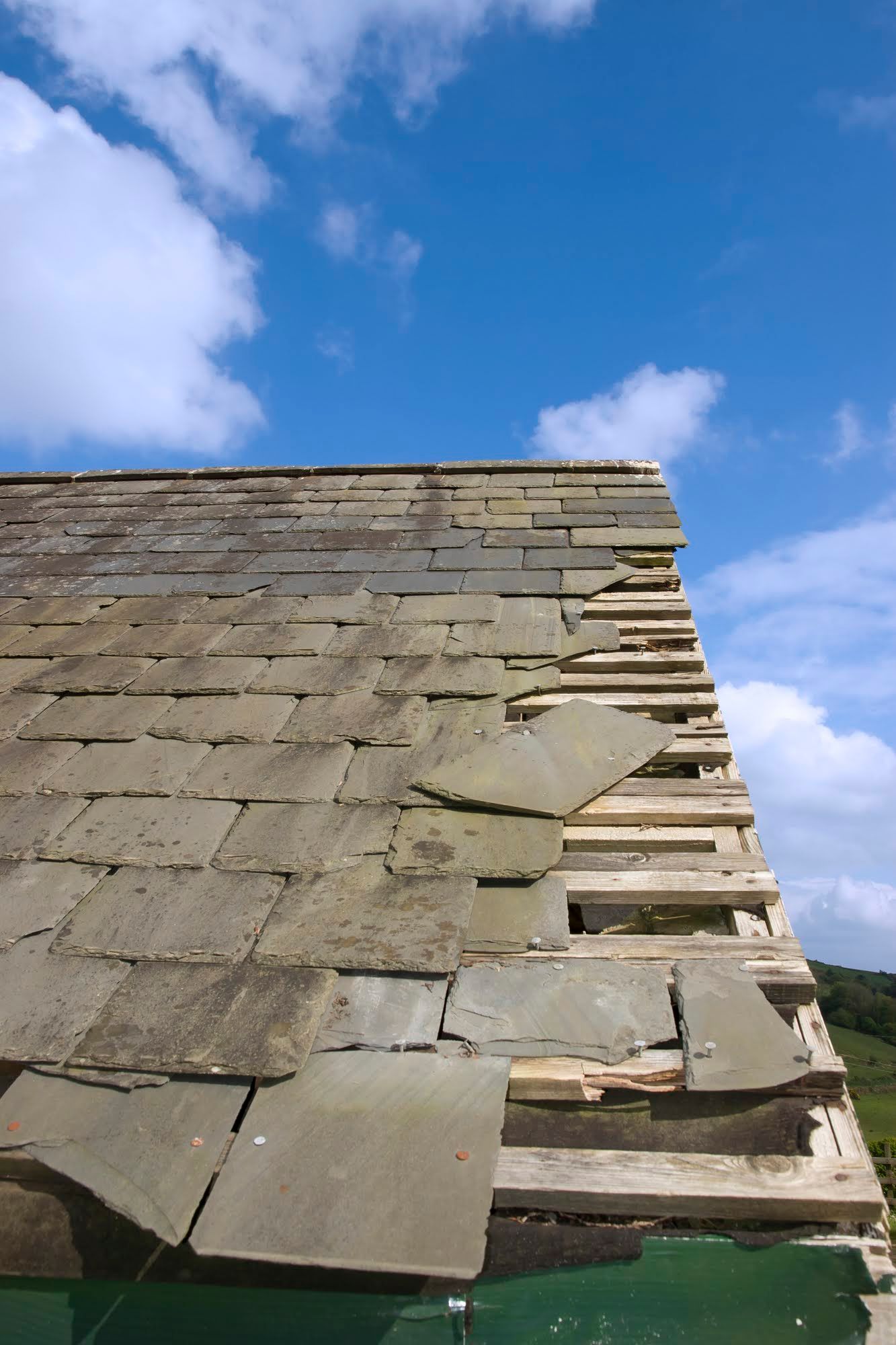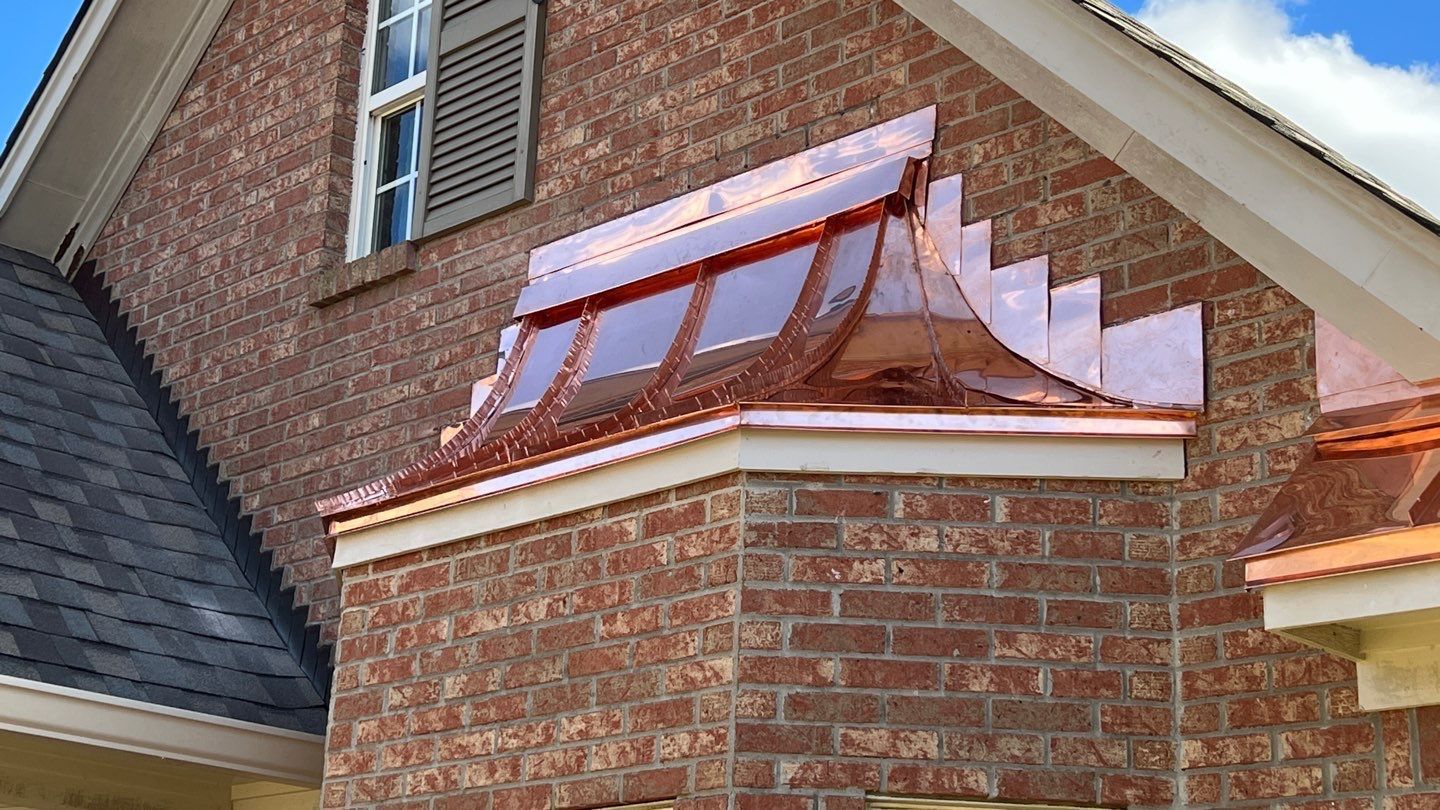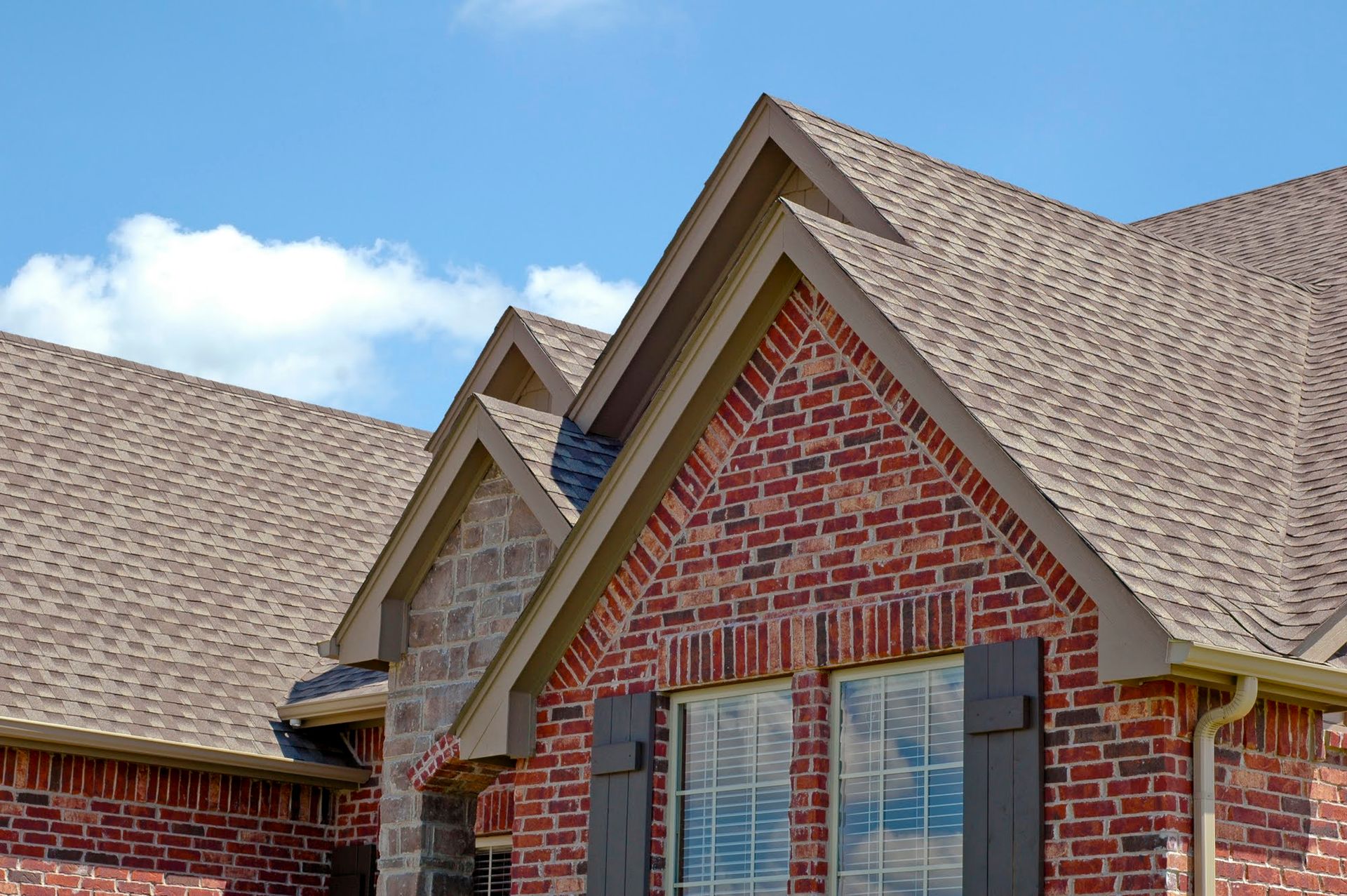Exploring the Process of Getting Your Home Roof Replaced
Replacing the roof of your home is a significant undertaking, one that requires careful planning and consideration. For many homeowners, this process can feel daunting. However, by understanding the steps involved, you can approach it with confidence and ensure that the result is both durable and aesthetically pleasing. In this guide, you'll find a detailed step-by-step process to help you work effectively with roofers, ensuring a smooth and successful roof replacement.
Understanding the Need for Roof Replacement
Before embarking on a roof replacement, it's crucial to understand why it may be necessary. Roofs typically last between 20 to 30 years, depending on the materials used and the environmental conditions they endure. If you notice signs of wear such as missing shingles, leaks, or noticeable sagging, it might be time to consider a replacement. Additionally, energy efficiency can improve with a new roof, as modern materials often offer better insulation properties.
Choosing the Right Roofing Material
Selecting the appropriate roofing material is a pivotal decision that impacts the longevity, appearance, and energy efficiency of your home. It's important to weigh the pros and cons of various materials, such as asphalt shingles, metal, wood, tile, or slate. Asphalt shingles are popular for their affordability and ease of installation, whereas metal roofs offer exceptional durability and energy efficiency. Wood shakes provide a natural aesthetic, while tile and slate offer unparalleled longevity and distinctive style. Consider your budget, climate, and the architectural style of your home when making this choice to ensure the best fit for your needs and preferences.
Selecting a Qualified Roofer
Finding a qualified roofer is a critical step in the roof replacement process. Look for professionals with proven experience, positive reviews, and proper licensing. It's beneficial to obtain multiple quotes to compare costs and services. A reputable roofer will provide a detailed estimate, outline the project timeline, and clarify any warranties or guarantees offered. Transparency in communication is key to establishing a trusted working relationship.
Planning and Preparation
Once you've selected a roofer, the planning and preparation phase begins. This involves scheduling the project, acquiring necessary permits, and preparing your home for the work ahead. Clear communication with your roofer ensures that both parties are aligned on expectations and timelines. It's also wise to discuss any potential disruptions to your daily routine and how they will be managed.
The Roof Removal Process
Roof removal is a critical phase in the roof replacement process that requires meticulous execution to ensure safety and efficiency. Roofers begin by laying down protective coverings to safeguard your home and landscaping from debris and damage. The removal typically starts with stripping the existing shingles or roofing material layer by layer, using specialized tools. This ensures that the underlying roofing structure can be thoroughly inspected for any signs of rot or damage. Any issues identified at this stage, such as weakened roof decking, are addressed before proceeding with the new roof installation. Proper disposal of the old materials is handled professionally, adhering to environmental guidelines. This phase not only prepares the roof surface for the new material but also provides an opportunity to enhance the roof's underlayment and ventilation systems.
Installation of the New Roof
With the roof deck prepared, installation of the new materials begins. This process varies depending on the type of material selected but generally includes laying down a protective layer, installing shingles or panels, and sealing seams and edges. Roofers work meticulously to ensure that each component is correctly aligned and secured, providing a watertight and weather-resistant barrier.
Ongoing Communication With Roofers
Throughout the installation, maintaining open lines of communication with your roofers is vital. By staying informed about the progress and any challenges that arise, you can address issues promptly. Additionally, a professional roofer will conduct periodic walkthroughs with you to review the work and ensure your satisfaction.
Final Inspection and Cleanup
Once the installation is complete, a final inspection ensures that everything meets both your standards and industry guidelines. Roofers will check for any missed spots or potential vulnerabilities. After the inspection, a thorough cleanup of the job site is conducted, removing debris and ensuring your property is left in pristine condition.
Understanding Warranties and Maintenance
After your new roof is installed, familiarize yourself with any warranties provided by the roofer or the material manufacturer. Understanding these warranties can provide peace of mind and ensure protection against future issues. Additionally, consider discussing a maintenance plan with your roofer to extend the lifespan of your investment.
The process of roof replacement doesn't have to be overwhelming. By following these steps and working closely with professional roofers, you can ensure a smooth and successful experience. Your new roof will not only enhance the beauty of your home but also provide lasting protection.
If you're interested in replacing your home's roof, contact us at Halo Roofing to discuss your options and take the first step toward a secure and aesthetically pleasing home.
Quick Links
CONTACT INFORMATION
Phone Number:
(601) 906-4711
Email: info@haloroofingms.com
Business Hours: Monday to Friday: 8:00 am – 6:00 pm
By Appointment Only

sERVICE AREAS
Halo Roofing and Restoration proudly serves the greater Jackson area, including:

